Seto Inland Sea of Japan’s Hiroshima Prefecture is not a top item that you’d see on a Japanese Itinerary at your travel agent. In fact, you might not see it at all. Harmeet Sehgal writes why the region needs to be front and centre of your next Japan trip.
Hiroshima city is world-famous and attracts tourists from around the world. But if you want to explore the true historic remnants of the Hiroshima Prefecture, Seto Inland Sea area presents an array of misty archipelagos, is shrouded in Japanese culture and history, offers sumptuous Japanese cuisine and a 70km purpose-built cycling and pedestrian highway that takes you across seven bridges as you circuit around the dynamically changing scenery.
Onomichi
The journey starts in Onomichi City, a historic port town on the shores of Seto Inland Sea. The best way to travel to Onomichi and to ensure hassle free travel around Kansai area is with a JR West Kansai Hiroshima Area Pass. The Kasai Hiroshima Area pass is available can be purchased in various blocks (i.e., number of days) before departure to Japan and ensuring a discounted ticket.
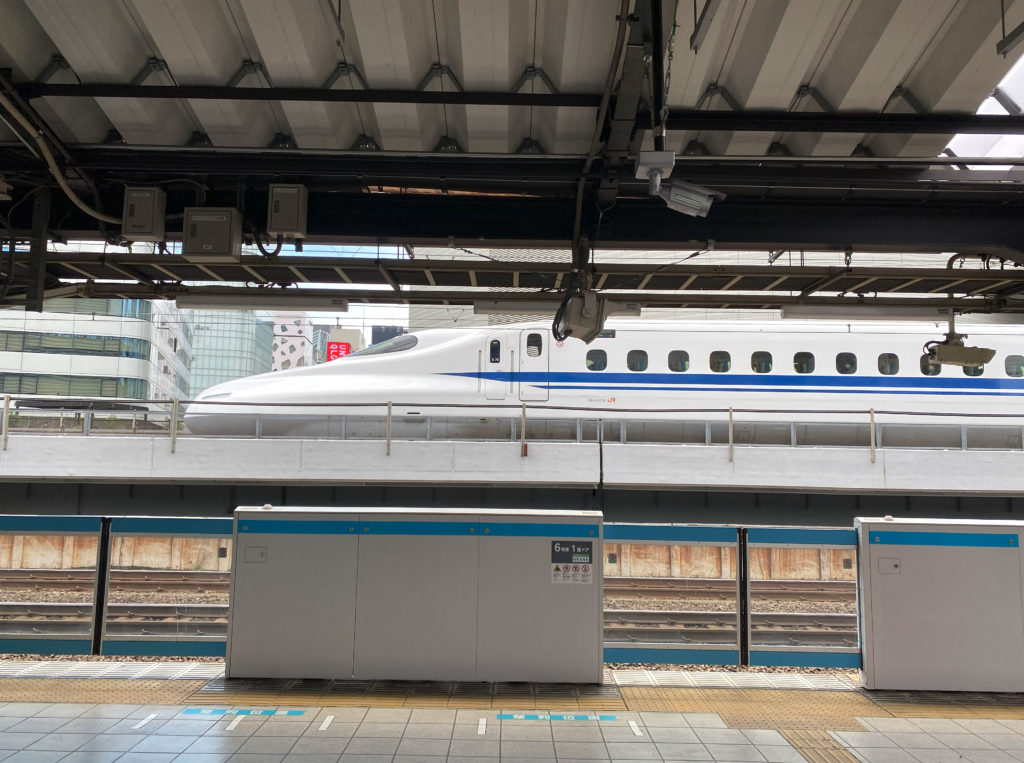
Because the pass is offered by JR west, this can be used for unlimited travel on the Nozomi Shinkansen (fastest bullet train) within the Kansai region as well as on regional trains and on ferry services as these services are all operated by JR West. It’s important to note that on a JR Pass, most services will need to be paid for in the region making it more expensive to travel. Hence if you’re looking for total travel freedom in the Kansai area, (Kyoto – Osaka), a JR West Pass is most recommended.
Navigating the historic seas
Onomichi city is a relaxed port-town that offers shipbuilding and repair services to mid-size vessels. But the Setouchi region has an interesting place in Japanese history. The Seto Inland Sea has long been a hub for sea transit. Seemingly calm, the Seto channel can be tricky and dangerous to navigate as there are vast differences between high and low tide.

During the warring states period of 1467-1615, the Murakami clan of seamen built naval castles along the shipping lanes guiding ships to safely navigate the tricky waters. The ships paid the Murakami clan tolls for the service. Spectacular views across the archipelagos while visiting local shops and boutiques are a highlight of the Onomichi. Also very famous in Onomichi is the Onomichi Ramen.
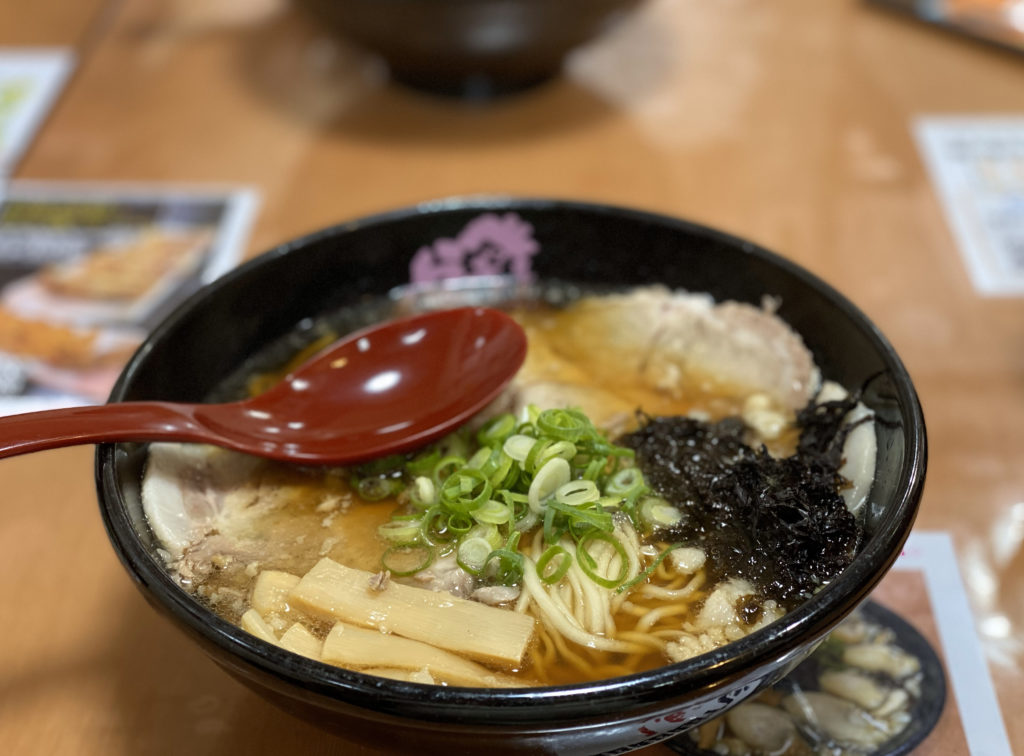
The characteristics of Onomichi ramen is a rich and fresh soy sauce based soup with springy flat noodles. High quality small fish from the waters of Tomonoura and pork back fat is used to make the soup stock. Toppings used are spring onions, roast pork, and Chinese bamboo shoots, but each shop has their own different ingredients as there are no rules to this ramen. The result is a balanced fish flavour stock with a heartful serving of meats and condiments.
Age-old Temples and Shrines
Onomichi is steeped in history with timeless Japanese temples and shrines including the Senkoji Temple. The temple is located on the hillside of Daihozan at an altitude of 140m accessible by cable car. The Senkoji observatory provides striking views of the inland channel as well as the Onomichi town and port.
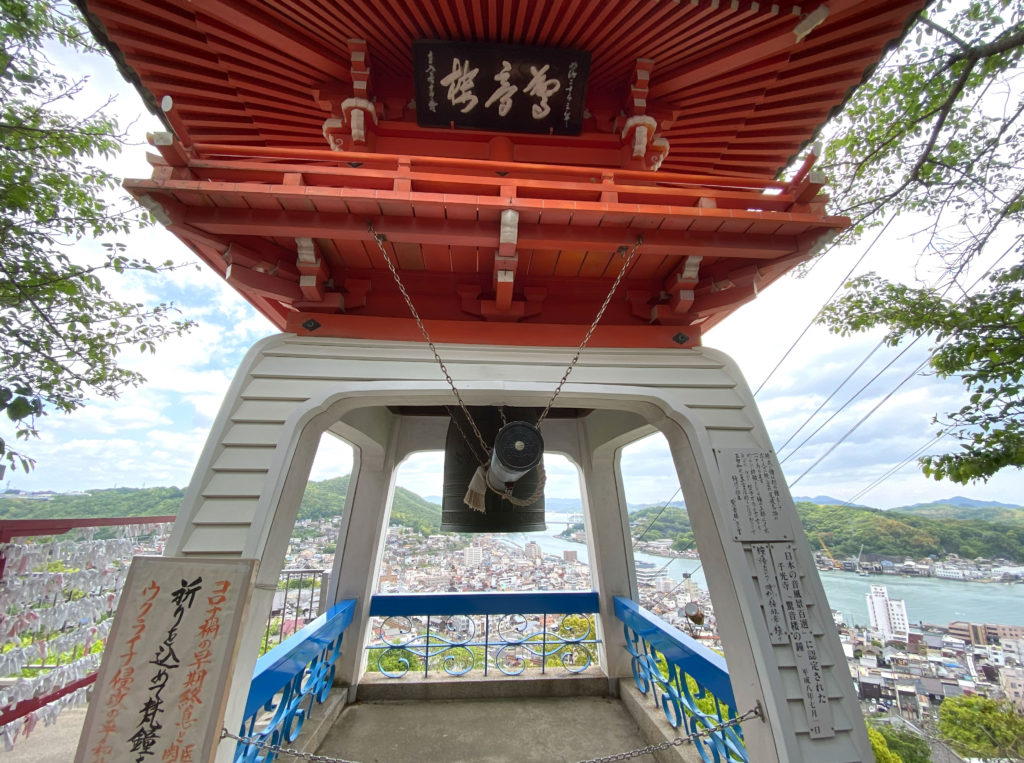
The sacred Senkoji temple is 1,200 years old and it’s main hall was painted red in 1686. Till date the hall is a bright-red symbol of peace and reverence.
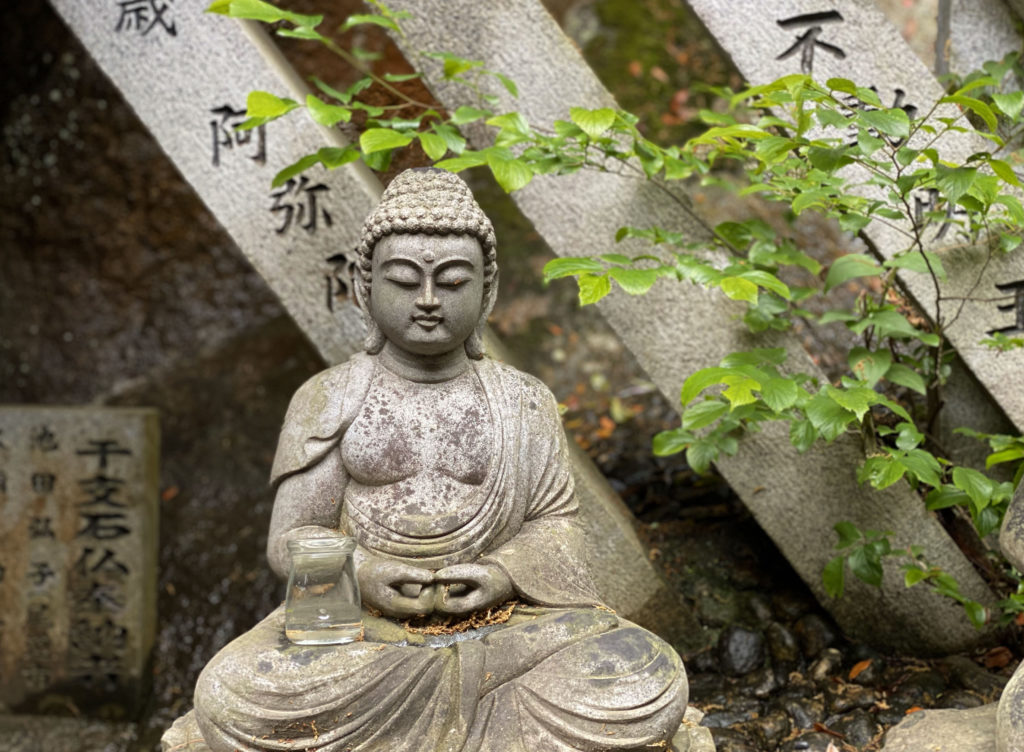
Idols of Buddha adorn the steep pathway down the hill. It houses the famous Bell Tower which was also selected as one the ‘100 Soundscapes of Japan.’
Adventures galore
For those who wish to cycle through the area, the Setouchi Shimanami Kaido offers a purpose-built 70km stretch of highway for cyclists. The cycle track connects Onomichi to Imabari city and crosses six bridges en-route through amazing topography and scenery.
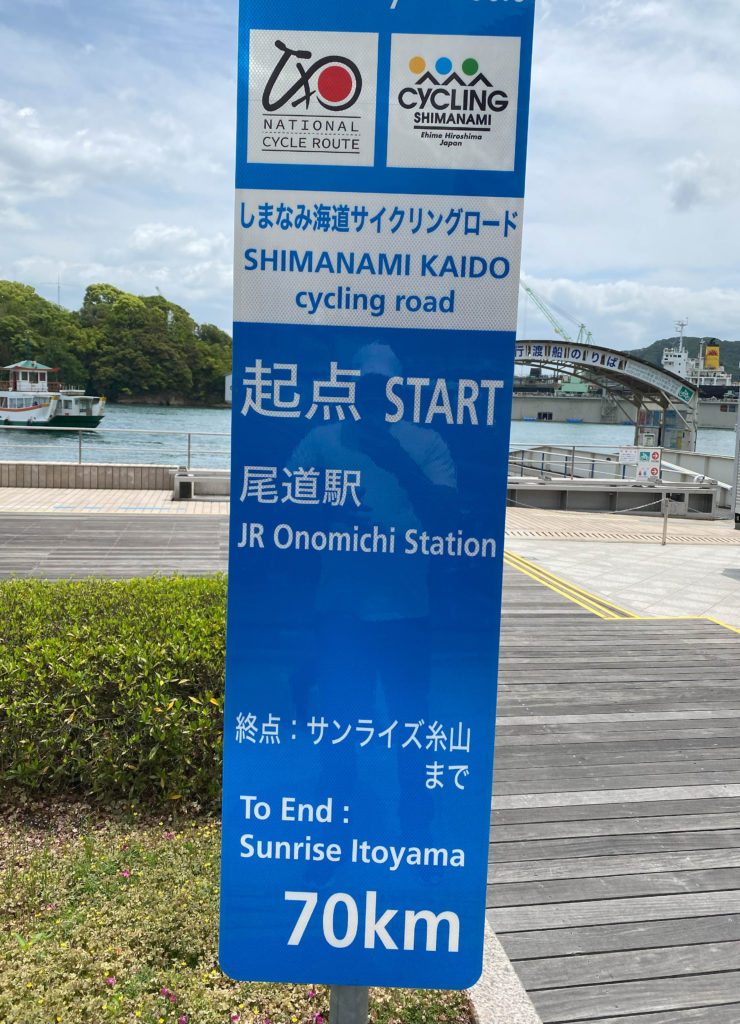
The highway wraps around the well-known orange and lemon plantations of the region and takes the scenic route on the edge of the waterfront offering striking views of the landscape. The entire route is well marked with blue markers and provide embarkation for cyclists where required and is one of the safest long-distance purpose built cycle tracks. In Onomichi, a purpose built hotel for cyclists, Hotel Cycle, offers suitable accommodation with custom-built bicycle storage in rooms.
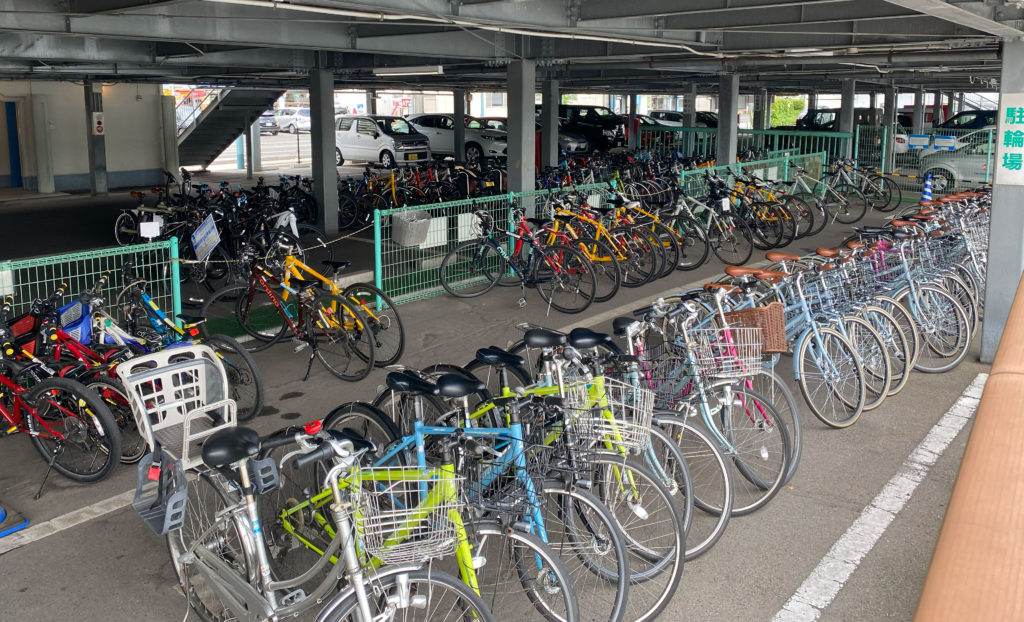
There are also specialised cycle shops offering sales and service of high -quality push bikes. Rental shops offer e-bikes as well as high performance bikes for rent. They can be rented from 2,000 Japanese Yen and can be used to ride from Onomichi all the way to Imabari for a one-way cycling experience.
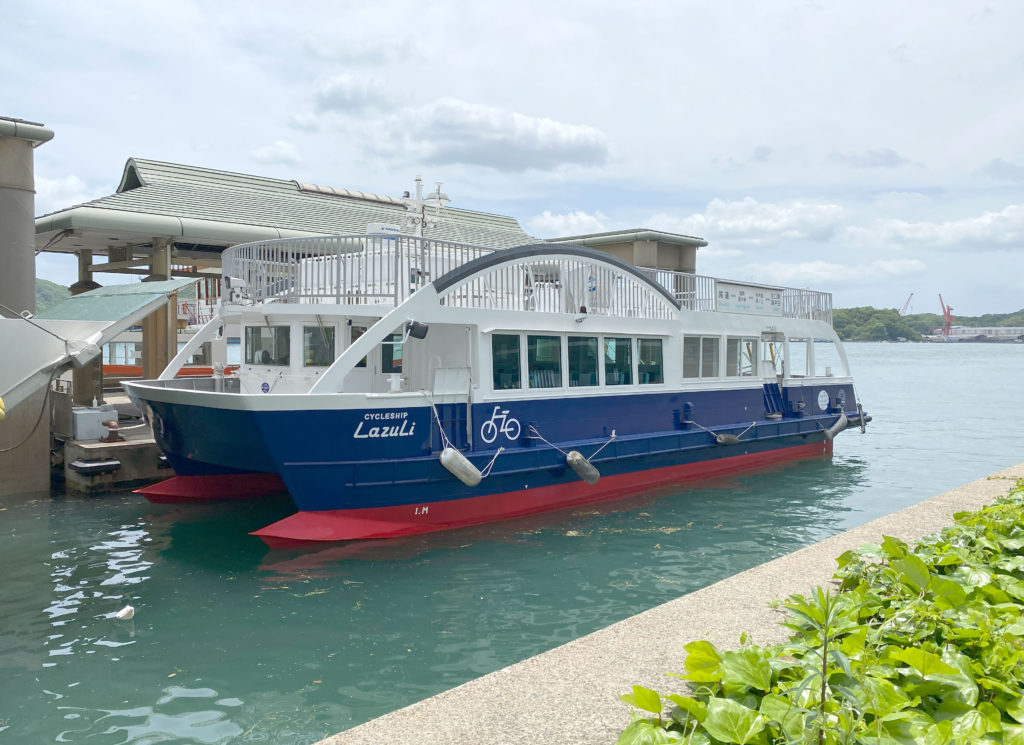
There are cycle-friendly ferries available for cyclists to transfer within the islands in the Sethouchi area with all the gear.
Self-Defence Port Alley Karasukojima
The drive from Onomichi to Hiroshima takes approximately 1.5 hours and passes through some small towns of historic significance. Once such area worthy of a visit is the Self-Defence Port Alley Karasukojima. This is a present, operational Japanese submarine station and a key part of Japanese war history.
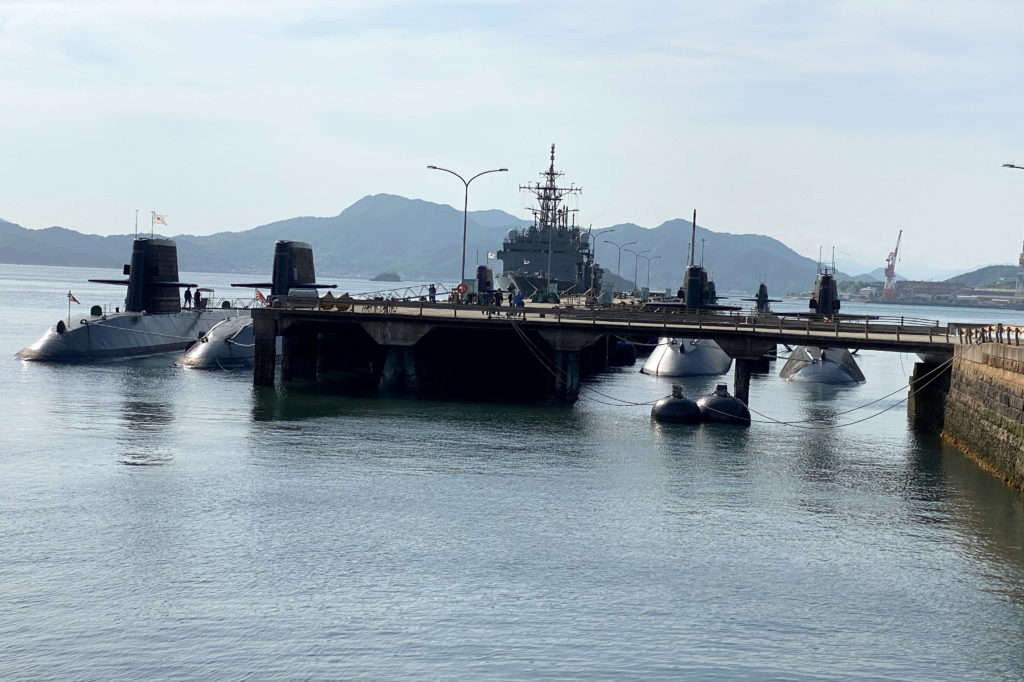
The Kure Naval Arsenal and the Red Brick Warehouse stand as a testament of rich Japanese history and are considered as Constitutional Cultural Assets of Japan. Today, it’s a training centre for young sailors training to serve their country for self-defence.
Onto Hiroshima
It’s spectacular to arrive in the bustling city of Hiroshima. A unique mix to old and new Japan is makes for a great first experience. My hotel of choice is Hotel Granvia Hiroshima which is right in the heart of town and is interconnected and adjacent to Japan Rail Hiroshima station and other key transportation facilities.
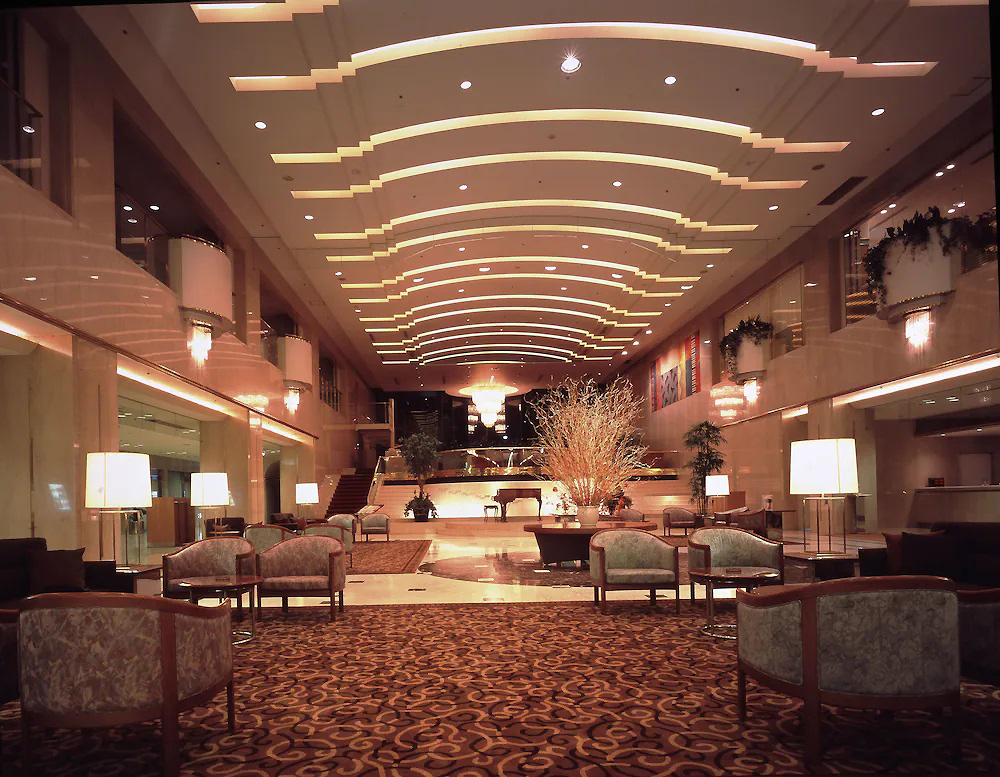
Hotel Granvia Hiroshima boasts of 407 rooms and suites. Stepping inside the lavish and sophisticated lobby is like a breath of fresh air after a long trip. Hotel Granvia Hiroshima offers a personalised check-in to your room with an hotel executive showing through all the amenities and the settings.

High-rise rooms offer spectacular views out to Hiroshima city and the skyline. Rooms are tastefully furnished with a 42 inch television and luxury amenities to match. Tea and coffee making facilities are available in all rooms. Tastefully made-up beds with crisp white linen offer a great nights sleep.
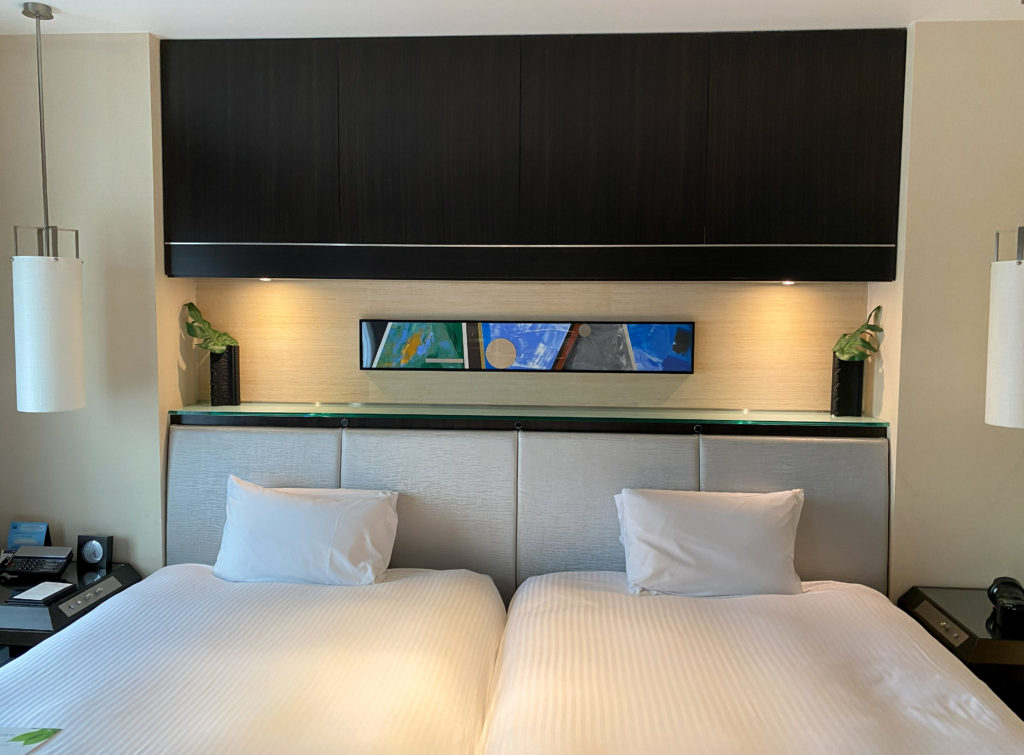
Hotel Granvia Hiroshima offers several dining options with two of the most distinguished dining venues in town. L&R Sky restaurant serving French flare and the signature Steak House Jinseki where you can try the best Japanese 5+ marbled steaks cooked to perfection.
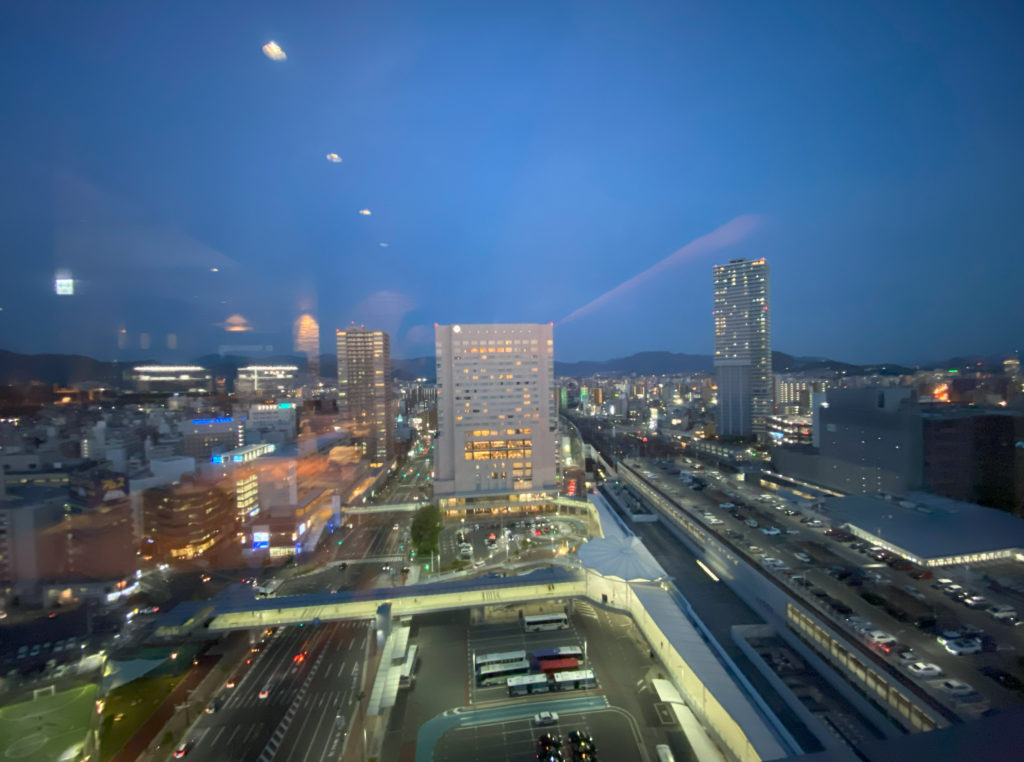
The sky lounge is open for complementary cocktails and canapes in the evenings for designated stays.
Cooking Okonomiyaki
When in Hiroshima, one dish is a must try. Okonomiyaki is famous worldwide but eating it where it originated adds another dimension to it. At Otafuku’s custom restaurant, a few minutes from Hotel Granvia, you can not only eat but make your own Okonomiyaki.
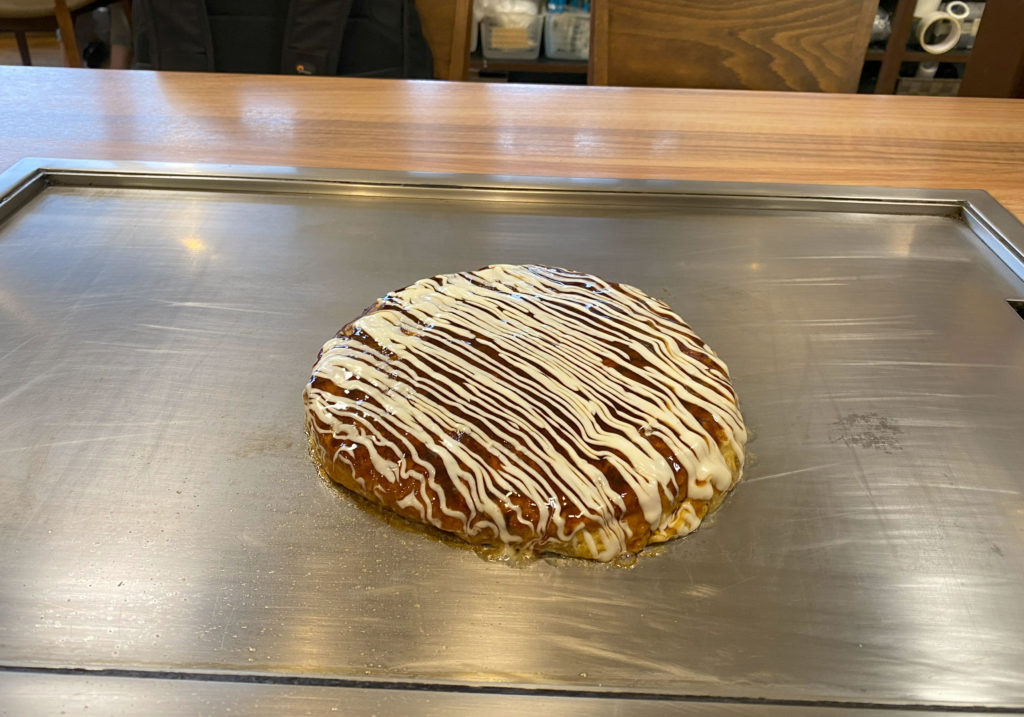
Okonomiyaki is a Japanese pancake layer with seafood, egg, vegetables and flour that’s made on a large, flat griddle known as a Teppan in Japanese cooking. At the restaurant’s interactive kitchen, chef Haruku demonstrates the way to make an Okonomiyaki and guests follow her instructions to make the dish and then eat it!

A wonderful way to spend an evening learning Japanese cooking and making new friends. You also have the option of buying Otafuku’s signature sauces to bring home with you to show off your Japanese cooking skills to your family and friends.
Miyajima Island
One of the most visited scenic spots in Japan is Miyajima. A destination in itself, Miyajima signifies Japan’s rich historic heritage and its importance in the society today. Its also a place of tranquil and serenity while offering amazing views out to sea from its highest point that is 430m. A trip to Miyajima is best planned for a day or half-a-day. The trip to Miyajima Island is a short ferry ride from Miyamaguchi station. The ferry which is a passenger and vehicle ferry operates every 15 minutes. Ferry trip to the island is included in The JR West pass because the ferries are operated by JR West.

Crossing the channel is picturesque on a sunny day and as we arrive at the docking station on the island, the most recognizable ‘O-Torill’ gate painted in vermillion is visible. One of the most photographed icons on the planet, O-Torill gate or Grand Gate is designated as a precious asset of the world heritage. Wild deer accompany visitors as we stroll the compound towards the main shrine. The deer don’t shy away from a pat specially if they can see a nice little treat. And they’re always willing to give a photo if you asked nicely.
Itsukushima Shrine
The sprawling Itsukushima Shrine is a pleasure to the eye as its to the soul. The peace and calmness are engulfing walking through the corridors and the architecture is awe-inspiring. The present iconic structure we remodelled in 1168 AD, but it was first built in the latter half of the sixth century. It’s sublime and gorgeous appearance displays the unique artistic beauty of Shinden style of architecture.
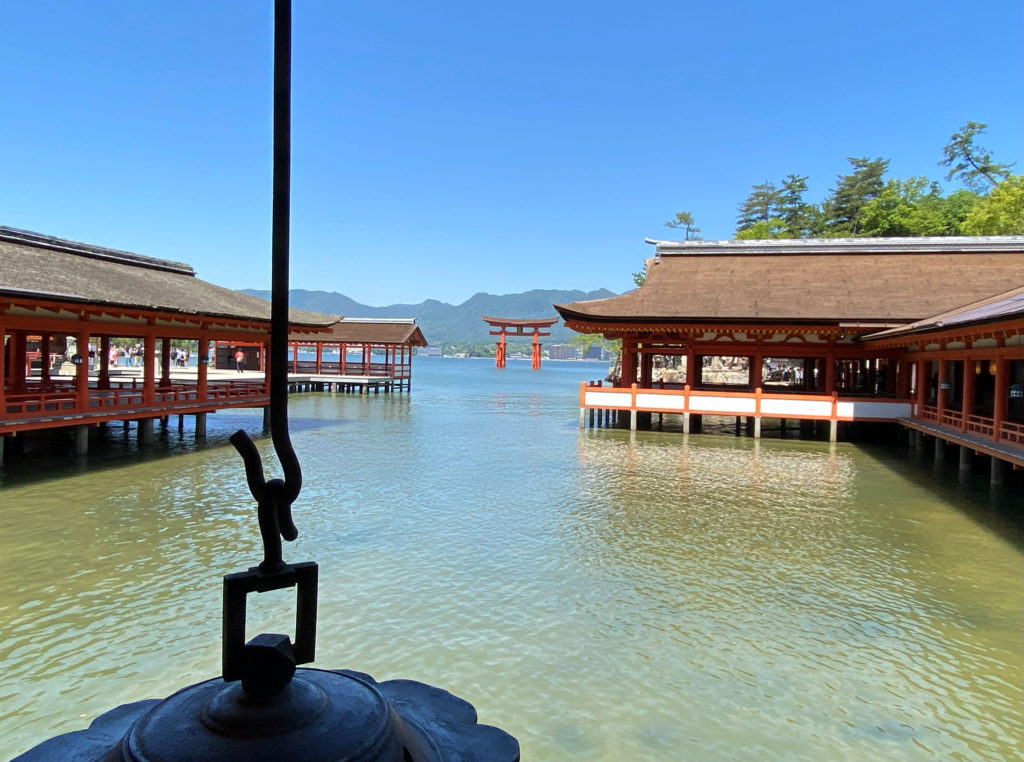
There are numerous shrines and temples that you can visit on the island and there is a choice of doing it by foot or by ropeway. At the summit, 430m from ground the views are stunning. The misty waters of the inland sea provide a tranquil space to sit back and relax or to take a few photos of memories of this amazing sacred island.
Atomic Bomb Dome building
Back in Hiroshima town, we head towards the city centre and to view a landmark that is a stark reminder of the fateful day that was August 6, 1945. Standing next to the Atomic Bomb Dome with other patrons from around the world, the mood is sombre.
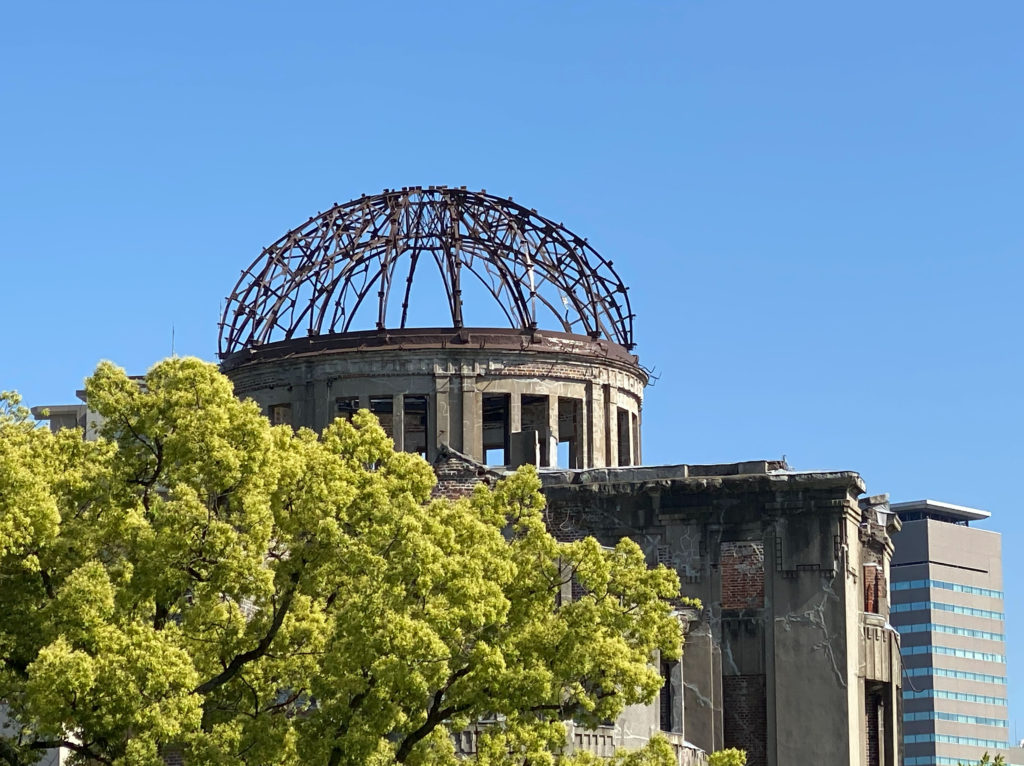
Having seen the image in several photos and documentaries, standing next to was feeling and sharing the agony of the Japanese folk that bear the mark of this total destruction event. There is no describing the monument except that it stands as a striking reminder that mass destruction of our own species will only mean that there will be no-one left on this planet.
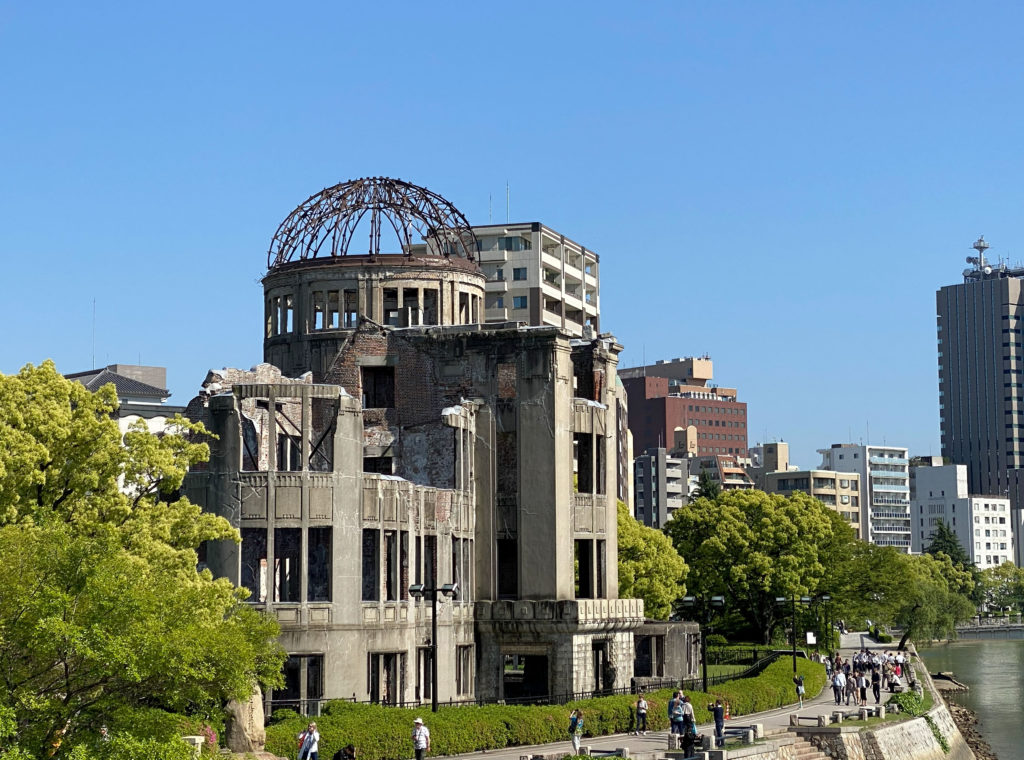
Nearby we head to the Hiroshima Peace Memorial Museum which isn’t for the faint hearted as it depicts in the rawest manner what happened on that fateful day and the days, months, and years to follow. It calls for destruction and non-usage of nuclear weapons because that is the only humans will continue to survive.
The best of Japan
The Setouchi Inland Sea in the Hiroshima Prefecture is a millefeuille of tradition, culture, adventure, and luxury.
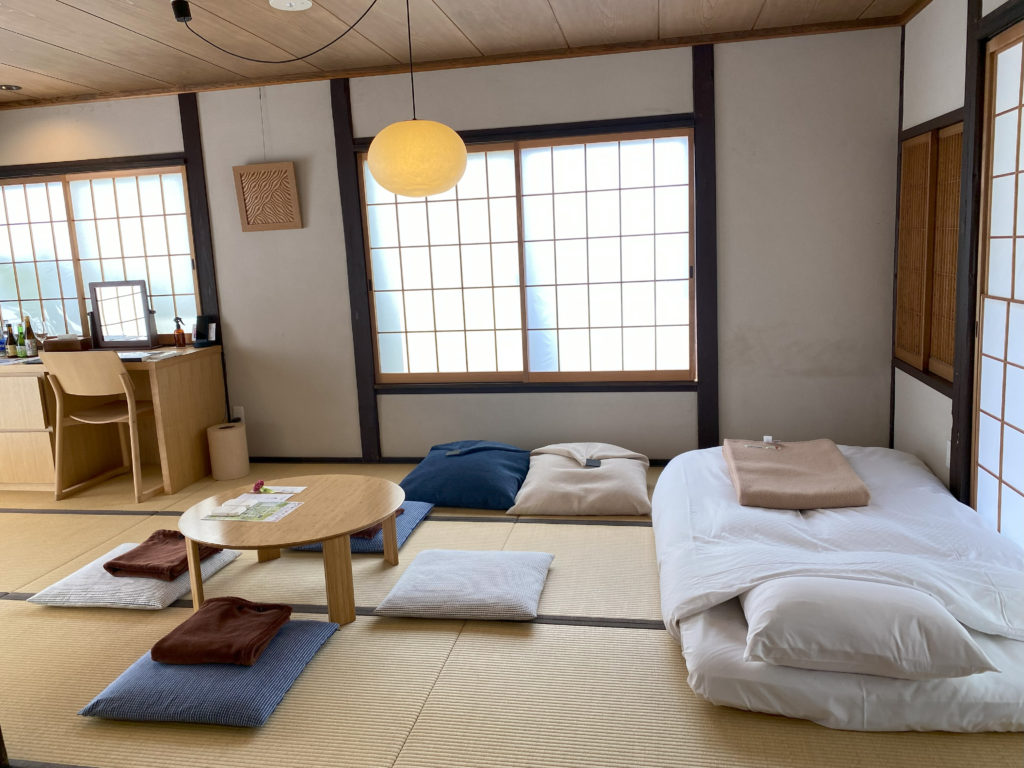
It’s a region that offers almost all of the experiences on one plate that you’d expect from your trip to Japan. With a mixture of country and urban lifestyle experiences, a visit to the Inland Sea Area will make some of the most memorable experiences from a Japan trip.


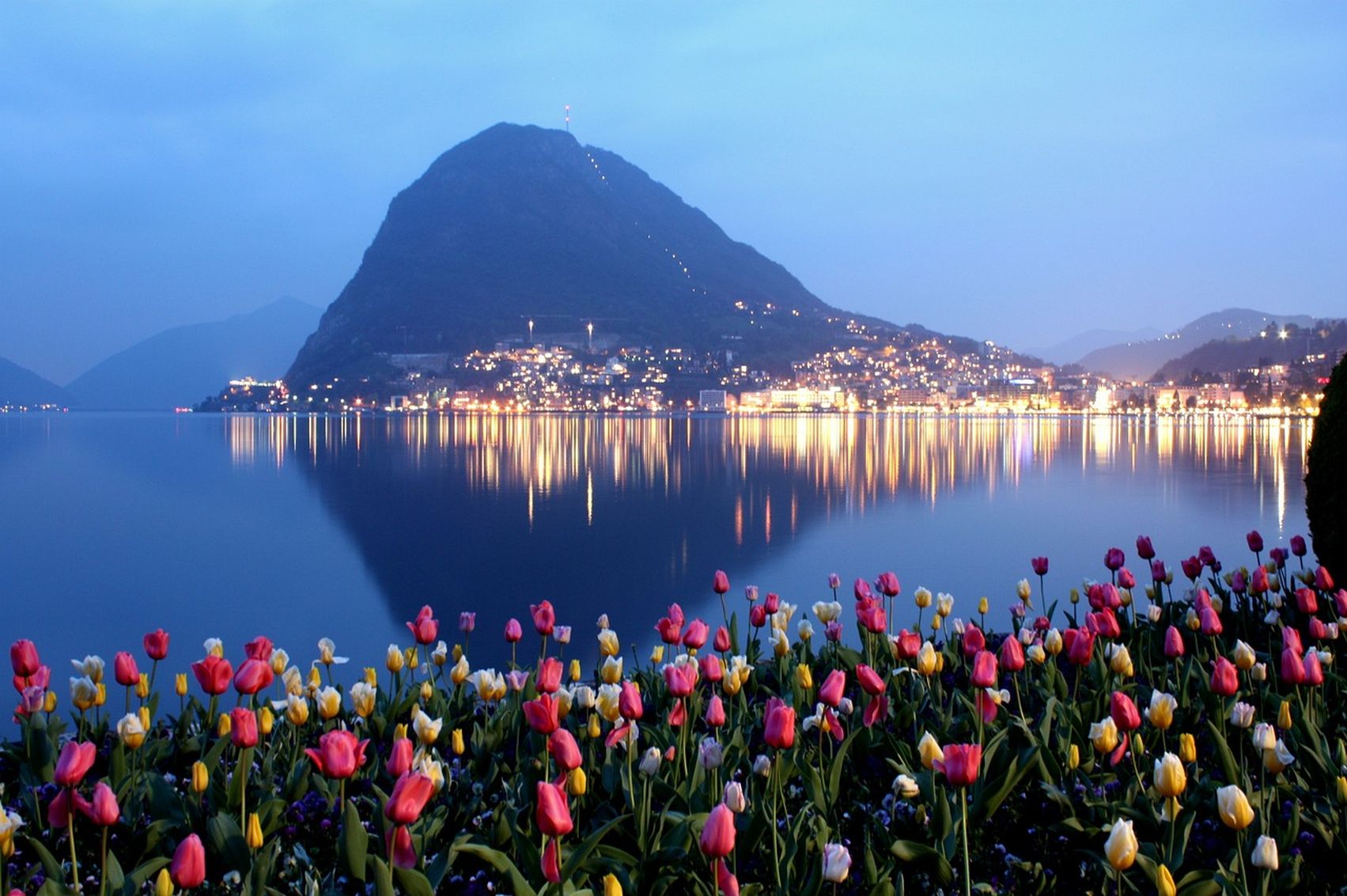
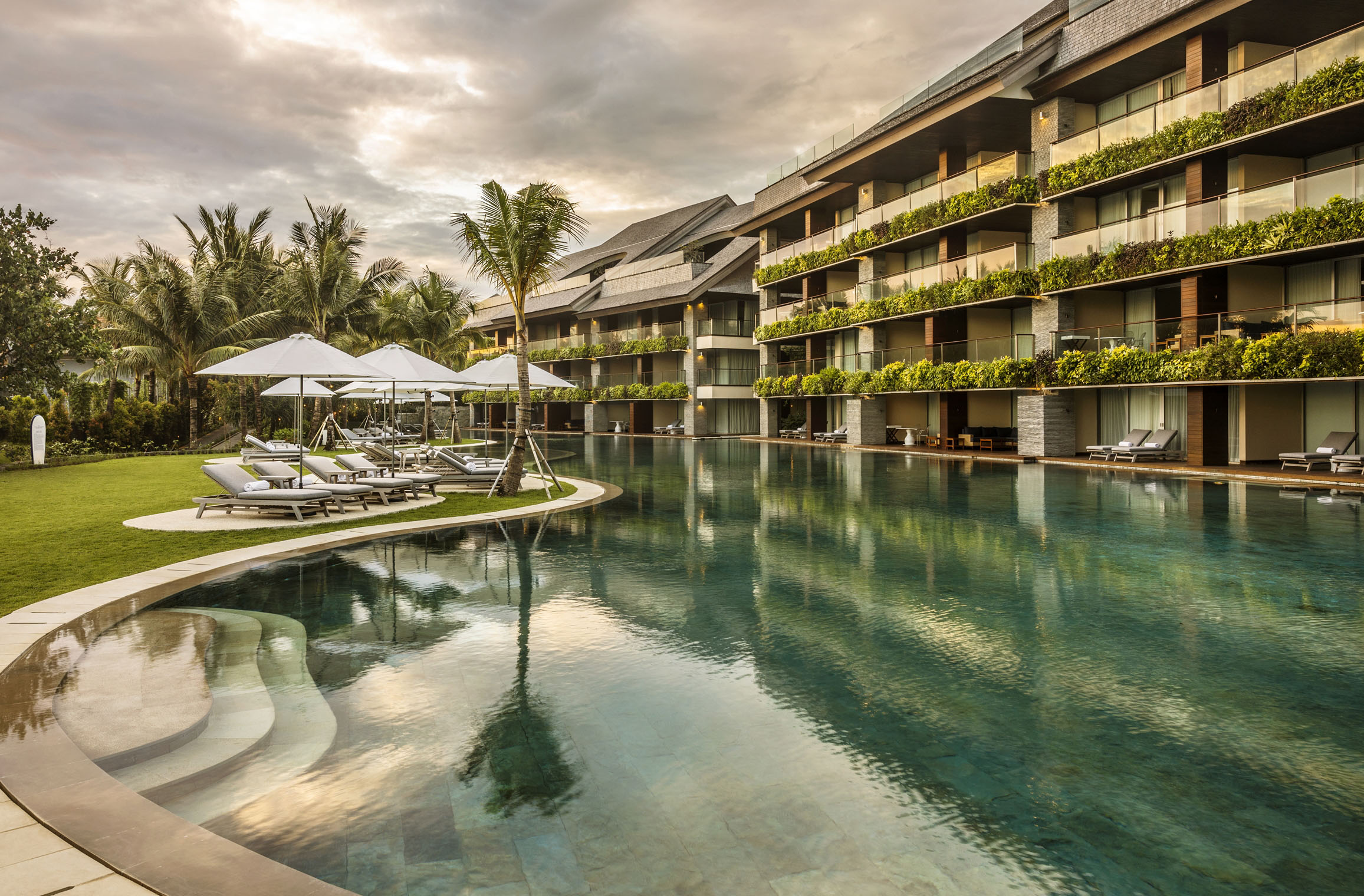
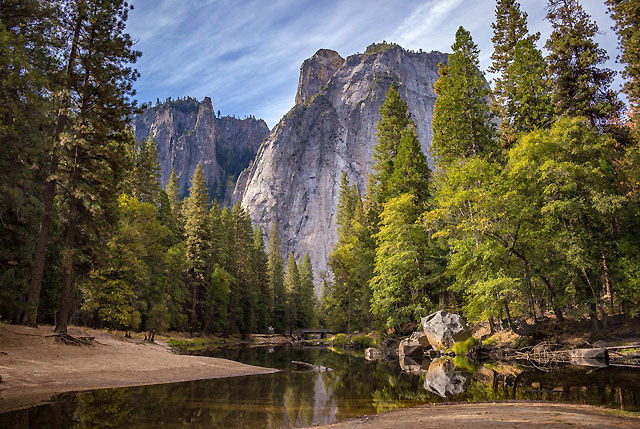
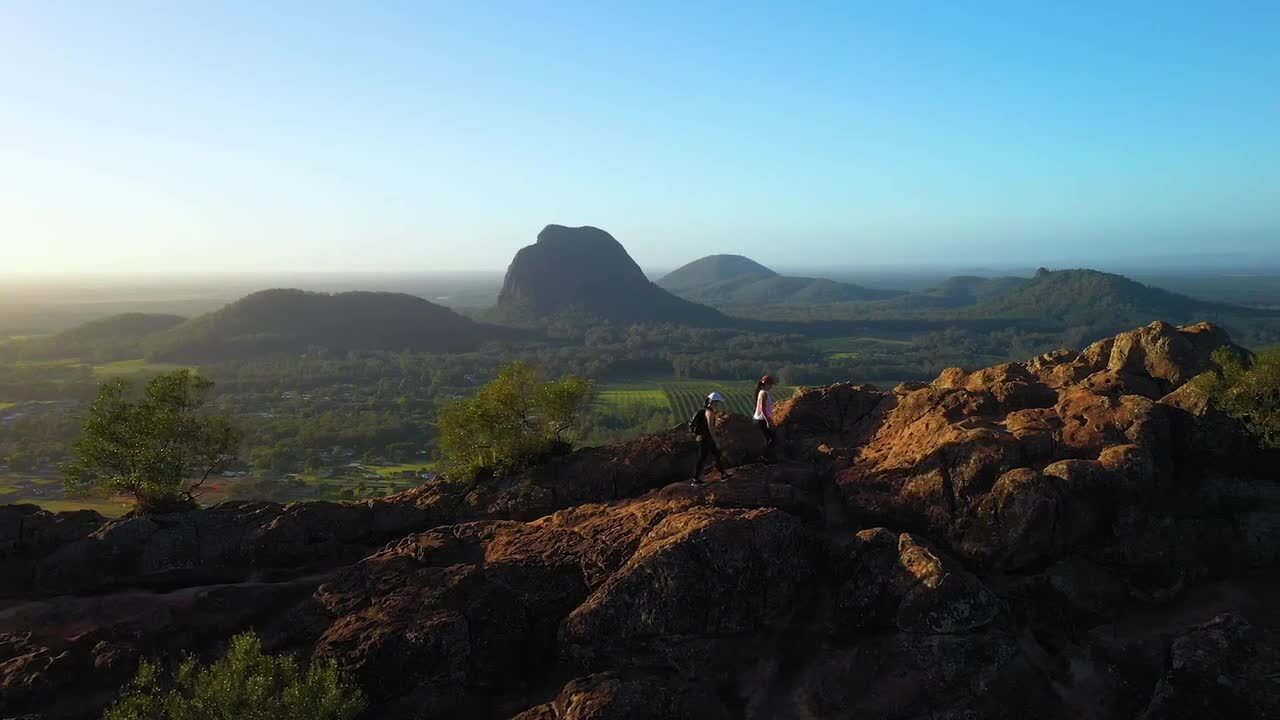

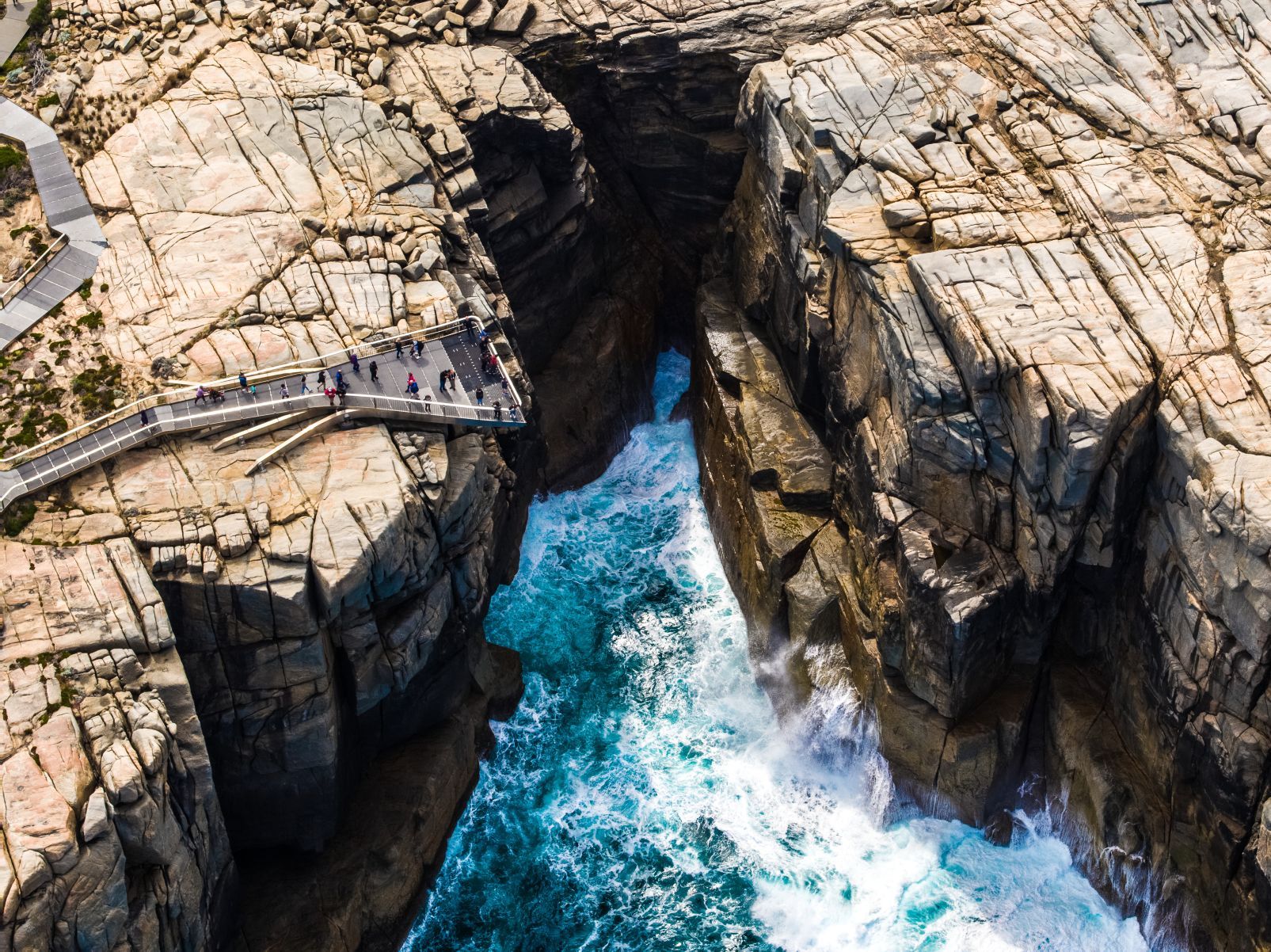
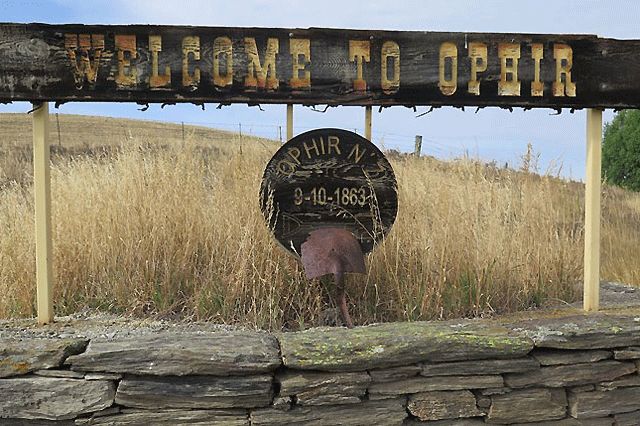




Recent Comments